Description
Latin: Amelanchier alnifolia
Other common names: juneberry, western shadbush, Saskatoon Serviceberry, Pigeon berry
Mature Height: 10-20 ft.
Soil / Climate: Saskatoon is native to North America and adaptable to most soil types but prefers moist soils in swamps and thickets.
Notes: Leaves are 1.5 – 2.5 inches, oblong-elliptic in shape, and finely toothed. Autumn colors are deep orange to red. Flowers are white with 2″ to 4″ long petals, and bloom in dense groups in early spring for a short time. Fruit is dark purple, 1/3 inch in diameter, and is often used in pies, jellies, wines and cider.
Wildlife: Fruit is eaten by ruffed grouse, dove, several varieties of woodpeckers, and many more birds.
Cold Stream Farm supplies Saskatoon Serviceberry shrubs which are grown as bare root seedlings and transplants and sold both wholesale and retail with no minimum order.
Additional information on Amelanchier alnifolia can be found on the link: USDA / NRCS PLANTS Database.

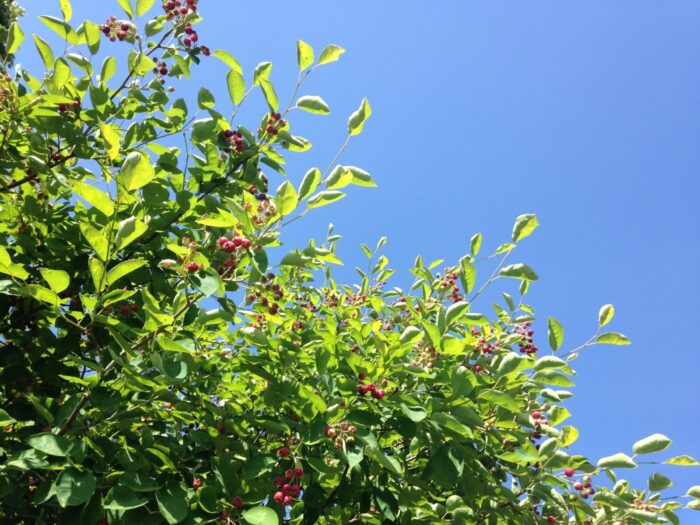
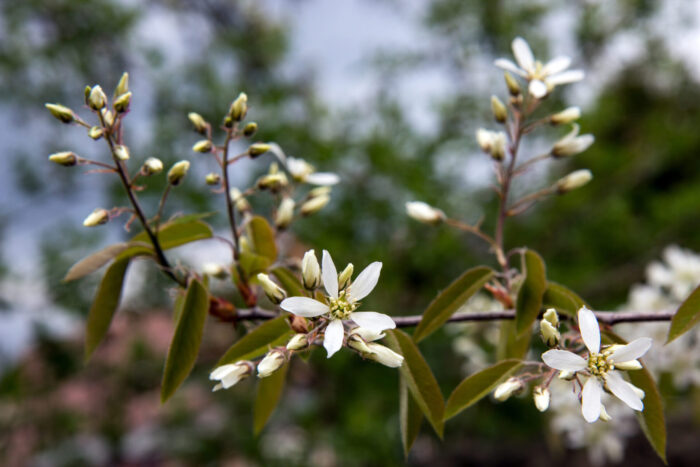
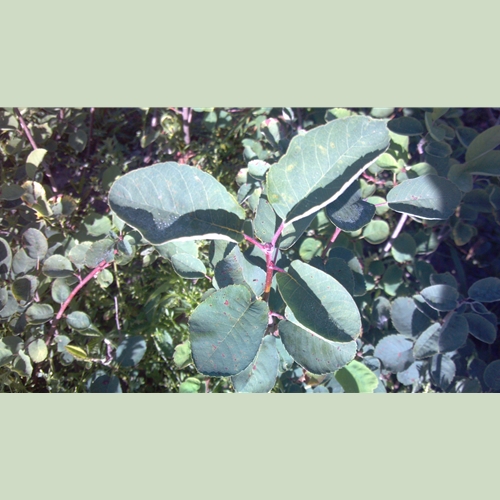
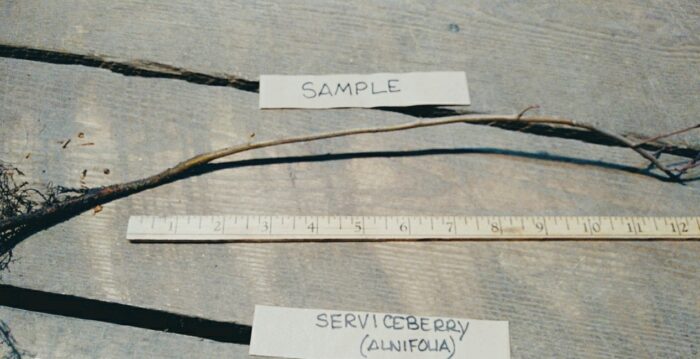
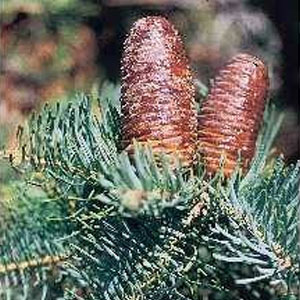
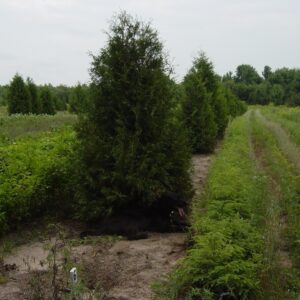
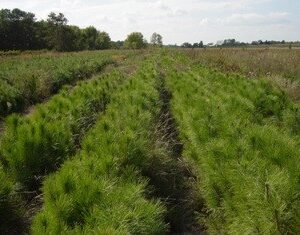
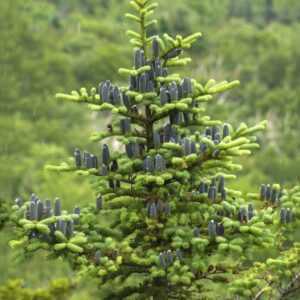

Dave N Nodak –
We purchased 25 of these for our back yard 3 or 4 years ago and if I remember correctly they were bare root and about 2 ft. tall. We live in North Dakota and planted these in the early Spring. All of the plants lived and have fruited well except for a single year when I think it was too dry or something. The pies and desserts these berries make are absolutely wonderful and the flavor is unlike anything else! The raw berries are OK, but cooked in a dessert they are fabulous. The yield is very good if you keep the birds from eating them first with netting like we use to cover the plants. In our area they prefer supplemental watering to thrive.
Mary Beth –
Received live bareroots. Two are beginning to leaf out. Very pleased.